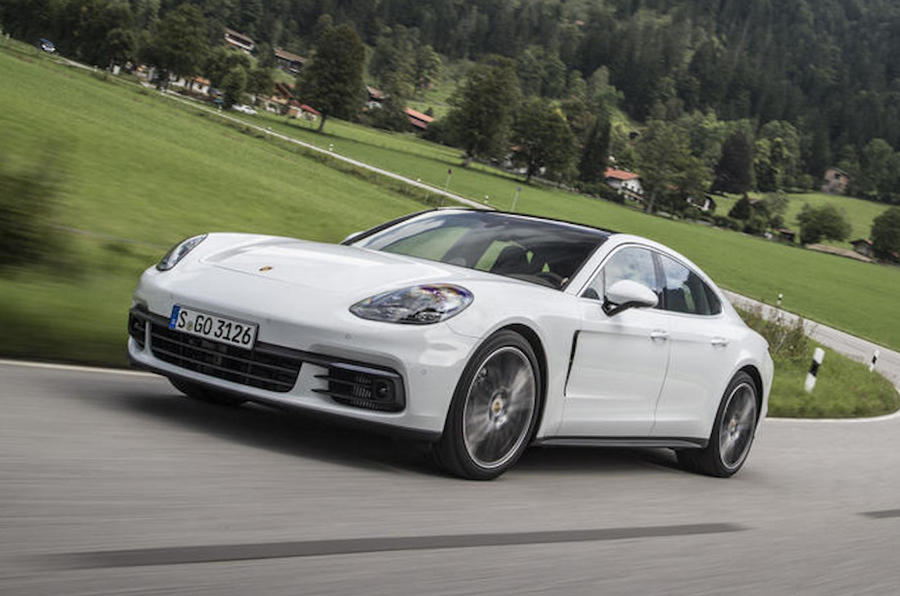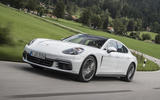Even a kerb weight that starts with a two doesn’t stop the 4S Diesel from gaining speed like it’s fallen off a cliff. The weird thing is that it feels so effortless, it’s almost an anti-climax – that is until you look at the speed you’re doing. There aren’t many sports cars that could keep up with one of these at full chat.
While the massive reserves of torque allow rapid acceleration, they also enable very relaxed cruising. Driven sensibly in normal traffic conditions, we were amazed at how often the V8 was spinning at 1000rpm or less. In those situations, the engine is barely audible although a little tickle does reveal a slightly gritty, diesely edge. At least it’s unmistakably a V8 when you squeeze it harder, though.
Not only does the new auto gearbox allow hushed progress, it also offers buttery shifts while mooching and exceedingly swift ones when you’re in one of the racier modes. Even mashing the throttle unexpectedly in normal didn’t phase it; the transmission just drops a brace of ratios without fuss.
To avoid shredding rear tyres on a regular basis, this engine comes only with a rear-biased all-wheel drive system. Unlike nose led rivals from within the Group (yes, we’re looking at you, Audi), the Panamera feels much less keen to send drive to the front wheels. Even so, you’d have to try very hard to unstick the rear tyres.
You certainly know when torque reaches the front axle with a good chunk of lock on. Pulling out of a turning briskly, the steering started to unwind itself hard as soon as the torque hit. It’s not something you’re likely to experience much, but it is off-putting. If you’re hoping this means you’ll be feeling subtle messages through the rim, forget it. The steering may be precise, but communicative it isn’t.
Even so, the way the Panamera can cover ground is deeply impressive. The optional air suspension may give a soothing ride in comfort mode, but it gets more agile and progressively better at resisting roll as you switch up to Sport and then Sport Plus modes. Yes, things do get bumpier, but even potholes and expansion joints fail to make the suspension crash, thump or bounce. It’s never as comfy as an Mercedes-Benz S-Class, but for something with a far sportier remit, it’s exceptionally good.





























Join the debate
Add your comment
Much better than Tesla
This car is much faster than model S, has much longer range, has real quality luxury and better build and component quality than Tesla. And freedom of travel direction.
Missing Engine Parts?
Panamera 1 is already a very...